The post 5 Tips to Guarantee Great Road Trip Photos appeared first on Digital Photography School. It was authored by Simon Ringsmuth.

Few things say “Midwest United States” like hay bales and rolling hills. You won’t find scenes like this on most interstates and major highways though.
For some people, the idea of taking a road trip can seem like a dull proposition. One fraught with mundane scenery and near-endless hours of staring out of the window watching the world outside whiz by at 70 miles an hour. However, with a little planning and creativity, you can turn any long car ride into a precious opportunity for amazing pictures.
The countryside you are traveling through may seem uninspiring. You may have already made the drive dozens or even hundreds of times. Still, there are a few things you can do to set yourself up with some fantastic photos, of which to be proud, at the end of your journey.
Take the road less traveled
I live about 400 miles from my parents and siblings, so I end up making the drive back to my old stomping grounds a few times a year. The easiest route to take involves a turnpike, followed by hundreds of miles of interstate. Due to the speed limit being higher, and the drive straighter, I don’t have to slow down every 20 minutes to pass through a small town. However, when it comes to photo opportunities, this type of travel precludes a lot of good chances for picture-taking.

I was driving down a highway when I saw this dirt road off to the side, so I pulled over and got a picture while also taking a minute to stretch my legs.
Interstates and other thoroughfares are great for getting to your destination quickly, but not so great for photos. Instead of taking the quick and easy path, as Yoda might say, look for alternate routes to your destination. Alternative routes that may not be as fast but are far more photogenic.
Pull up your preferred mapping software, or unfold a physical map, and look for highways or other types of two-lane roads. When you are driving down these types of roads, you pass by scenery that is more interesting than you find on the interstate.
Moreover, you also have the luxury of being able to pull over and stop without causing a traffic jam.
Plan your photos
When taking a road trip, have an idea in mind of the types of pictures you want to take. Keep a sharp eye out for those opportunities when you are on your drive. Hoping to find something interesting along the way to your destination may work out, however, planning ahead to photograph something specific, is likely to achieve much better results.

On this particular drive I wanted to take pictures of windmills and sure enough, once I had that thought in my mind I started noticing windmills all over the place.
The Baader-Meinhof phenomenon is a weird trick your brain plays on you. When you start taking notice of one particular thing, say a specific type of car or style of clothing, you start seeing it everywhere. This concept comes in handy on road trips. While you may not know what you are going to encounter along the way, you can plant the seeds for some great photos with a little mental preparation in advance.
For instance, on a recent drive back home, I pulled out a map and found some slower, but more interesting, highways to take. I told myself to look for windmills along the way. I couldn’t recall ever seeing windmills before.
However, given that I was going across the midwest United States, I felt sure I would end up going past at least a few. I was stunned when, as the hours ticked by on my drive, I kept passing one after the next and ended up with some excellent pictures as a result.

Try applying this method next time you’re on a road trip. You might be equally surprised at how well it works. Before you leave, think of a particular subject or type of picture you want to take. Then look at how often you see those opportunities along the way. Things such as dilapidated barns, weathered billboards, old bridges, tall cacti, mountainside vistas, or even dirt roads can all be exciting subjects for road trip photos.
If you plant these seeds in your mind, by the time you reach your destination, they could very well grow into fascinating and beautiful photos.
Time of day is paramount
Sunlight can make or break almost any type of photo. The same holds true when it comes to making images on a road trip. The journey you are taking might be perfect for some sunrise or sunset shots, but those aren’t going happen if you set out at noon! It might seem too simple to mention, but just knowing that your photos are dramatically affected by the sunlight affects your departure time and helps you plan accordingly.

There’s about a two-minute window for getting sunrise shots like this. Plan your drive accordingly.
If you aren’t sure what type of pictures you want to capture on your road trip, plan to leave at least 30 minutes before sunrise. You may see something compelling. Alternatively, if you know you are going to pass by a particular photo location, make sure you get a good picture of it by adjusting the timing of your trip. That way you maximize the chances of getting good light in that particular spot.

Allow more time than you need
If I take the interstate to get back to my hometown and plan on stopping only once, I can make the trip in about six and a half hours. However, that’s not how I prefer to make the drive. Taking less-traveled roads and stopping half-a-dozen times for possible photo-ops, I usually get there in seven-and-a-half hours. So, when planning for the drive, I always allow at least eight hours for unexpected photo opportunity stops.
One of the worst situations a road-trip photographer encounter is coming across a stunning sight or landmark only to realize they don’t have enough time to stop and take a picture. Give yourself some wiggle room by adding an extra half-hour into your drive schedule. Make sure that time is not a limiting factor.
Having extra time is also an excellent excuse to get out, stretch your legs, and see the scenery even if you’re not sure of the photographic possibilities.

On one recent drive to see my folks, I ended up driving past a vast field of beautiful sunflowers by accident. The lighting wasn’t great, but I stopped for some pictures nonetheless. I made a mental note to go back to the same spot on my return drive. Not knowing how long I would need, I made sure to build in plenty of extra time on my drive and achieved the shot you see above. This extra time gave me the ability to pull over a few hours later to capture this shot of an oil pump and wind turbine.

Don’t worry about your gear
At this point, you might be thinking about how to apply some of these tips on your next drive. However, you may not think you have the right gear for the job. On the contrary, the nice thing about road trip photos is you probably already have the camera equipment you need to take great photos. Something as simple as a mobile phone camera is enough to capture sweeping landscapes or beautiful countrysides.

I shot this with some expensive camera gear but based on the exposure settings (f/4, 78mm, 1/180 second, ISO 220) a nearly identical image could have easily been taken with a basic DSLR with a kit lens.
Don’t let your camera gear, or lack of it, hold you back from taking good photos the next time you are in a car for hours on end. Fantastic shots are achievable with a mobile phone, a DSLR, or anything in between. If you have a tripod, go ahead and bring it because you never know when it might come in handy. However, don’t stress over whether your camera is good enough.
As you develop your skills, you may find yourself gravitating towards a particular lens, or camera depending on the shots you like to take. Things such as lighting, planning, and taking less-popular roads achieve better results than merely buying a new camera.

I took this shot on a road trip with a simple point-and-shoot camera, and all it required was some good light and an observant eye.
What about you? Do you have any favorite tips or tricks for getting good pictures while out driving? Share your thoughts in the comments below!
The post 5 Tips to Guarantee Great Road Trip Photos appeared first on Digital Photography School. It was authored by Simon Ringsmuth.

Digital Photography School












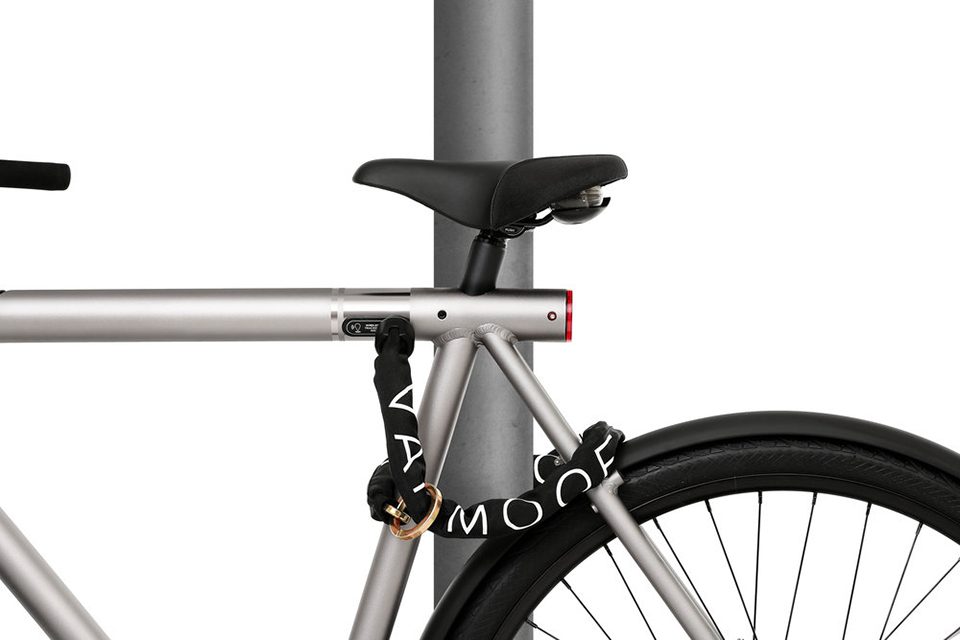
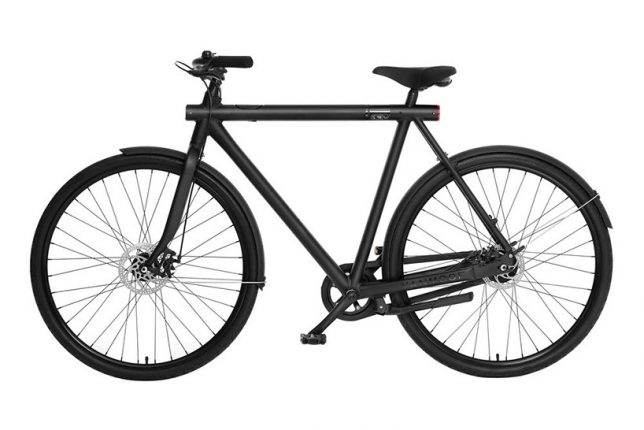
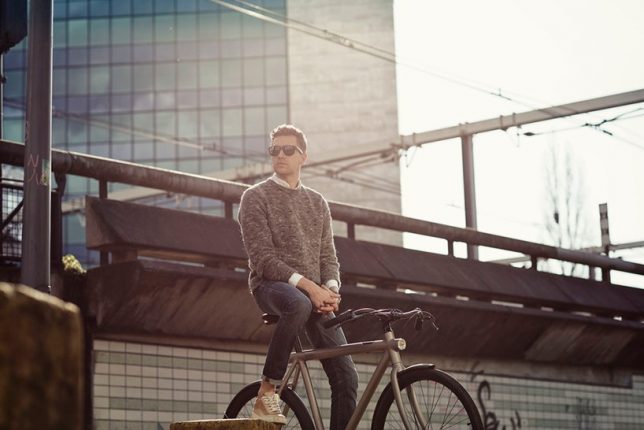
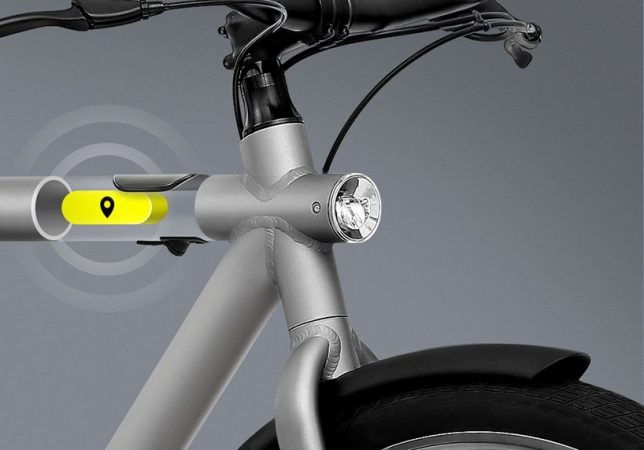
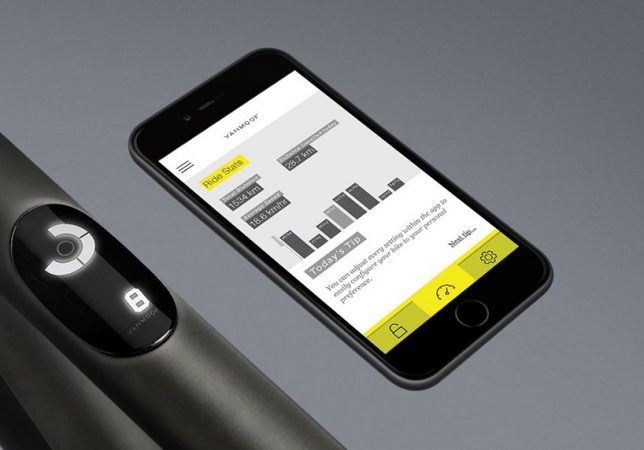
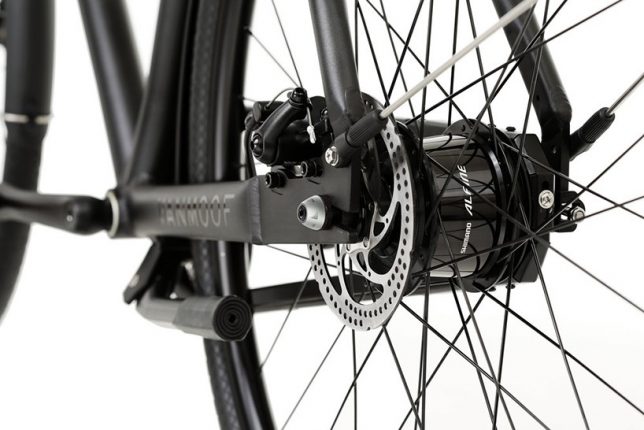
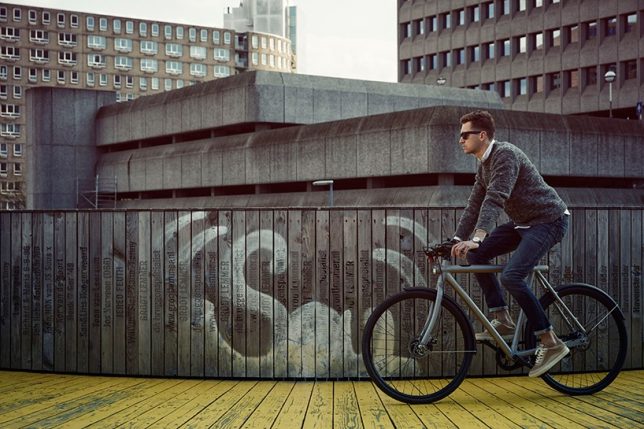
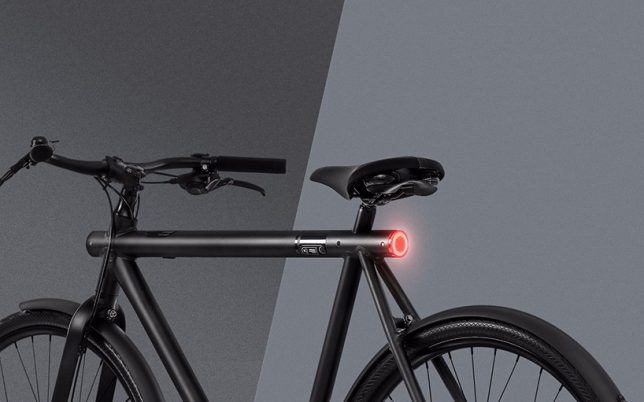


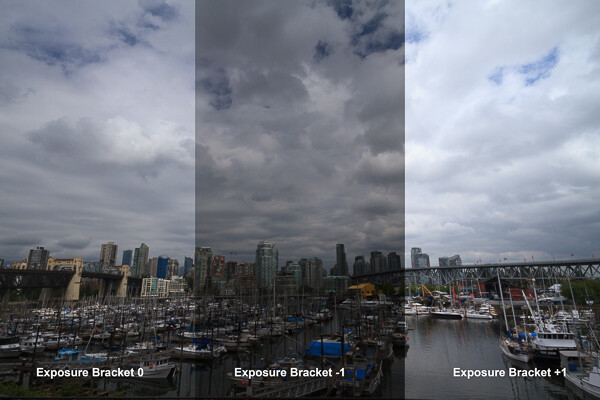
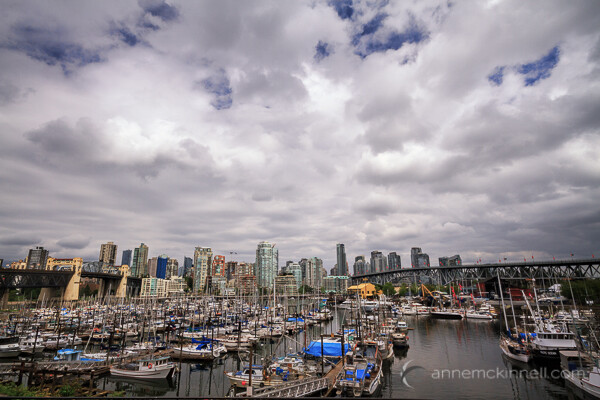



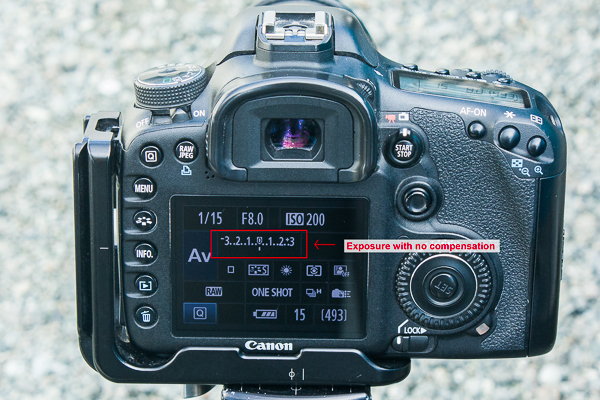
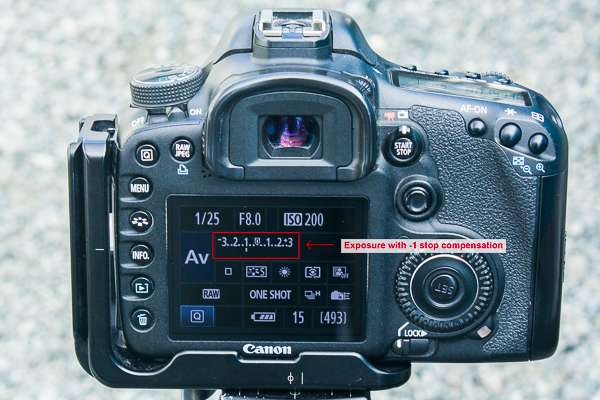

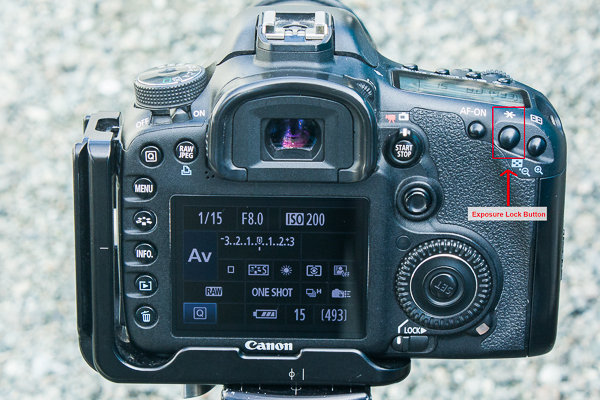
You must be logged in to post a comment.